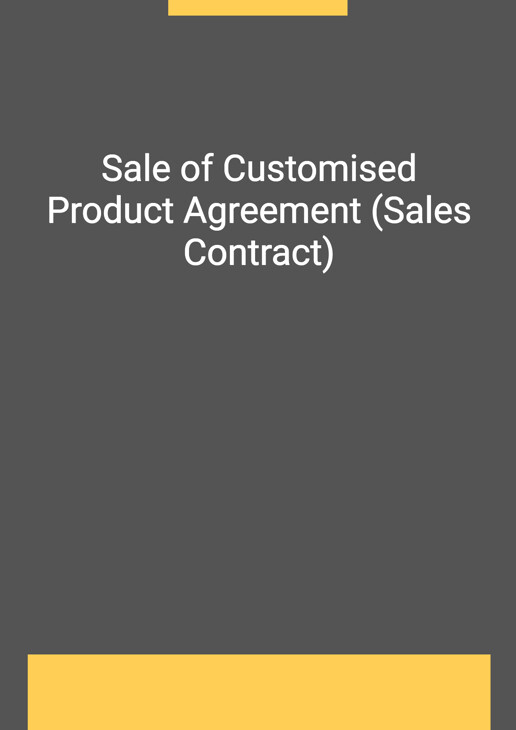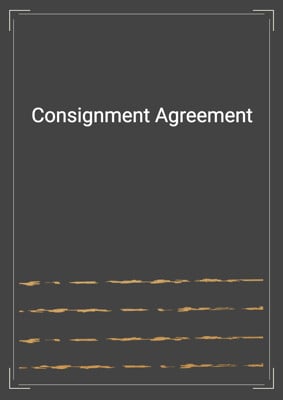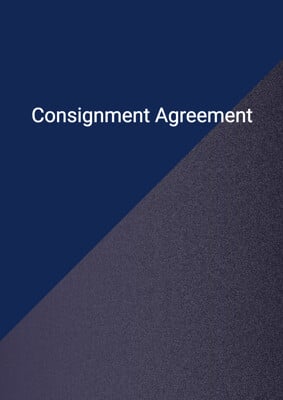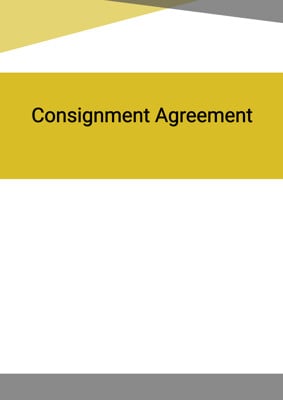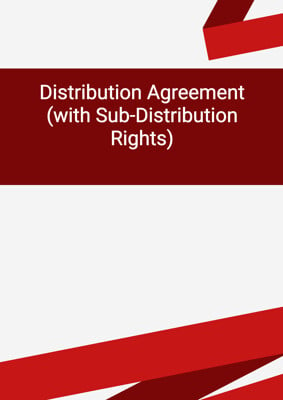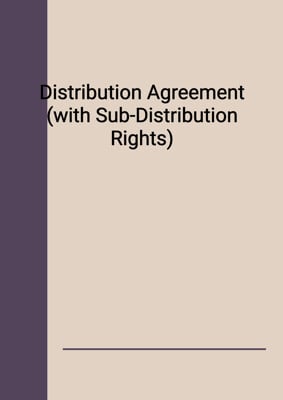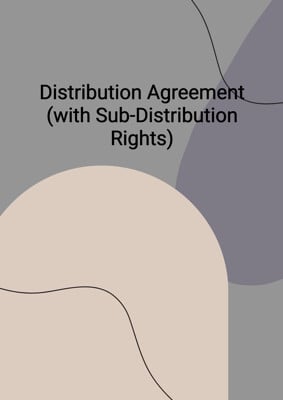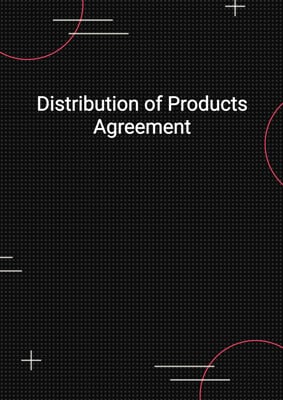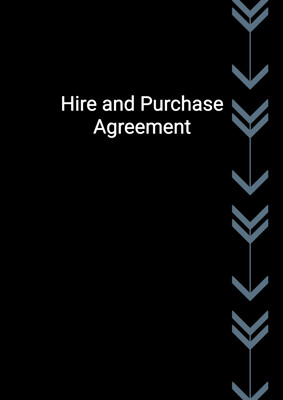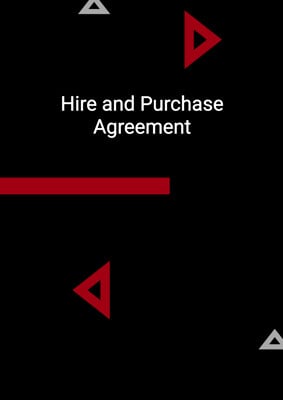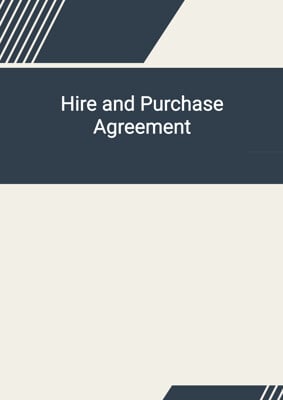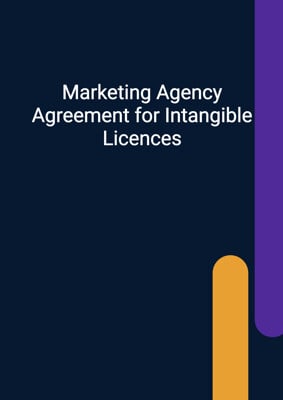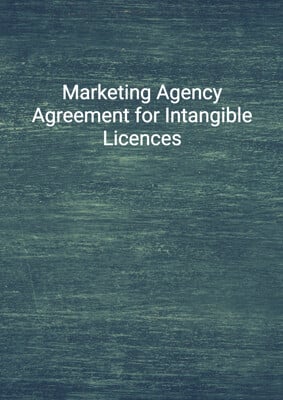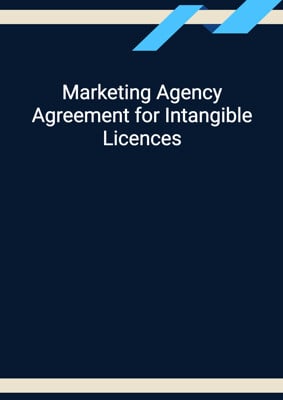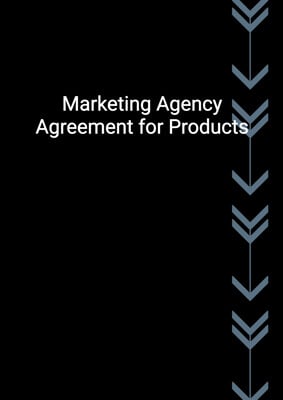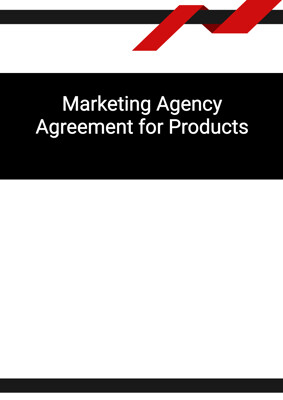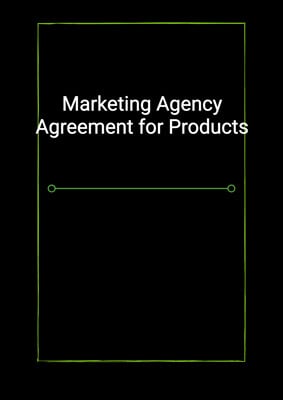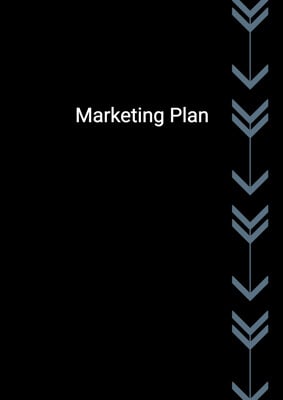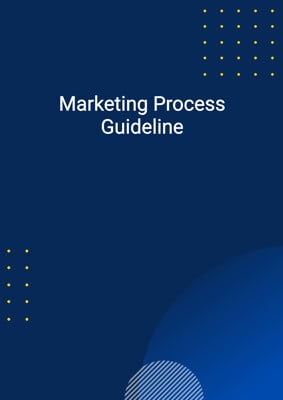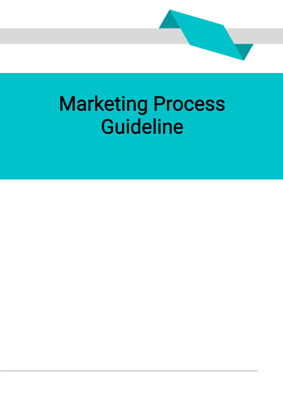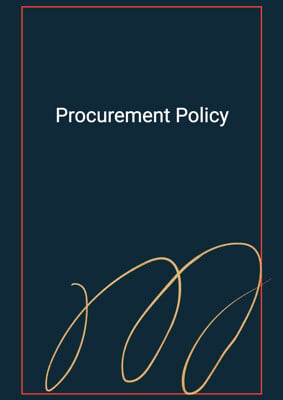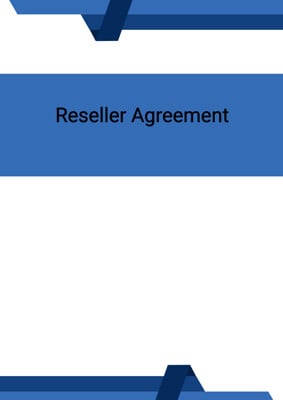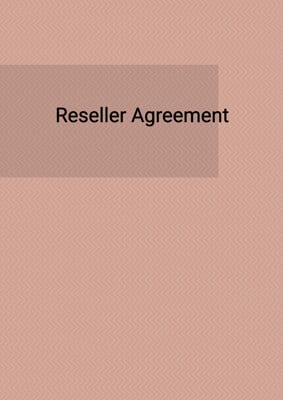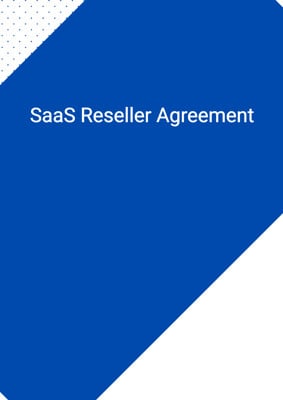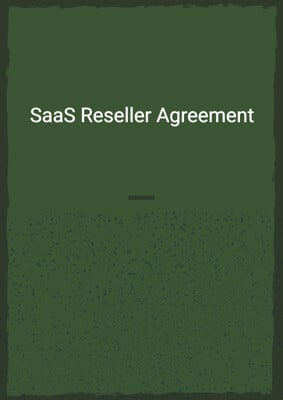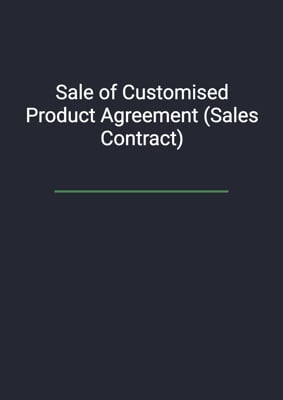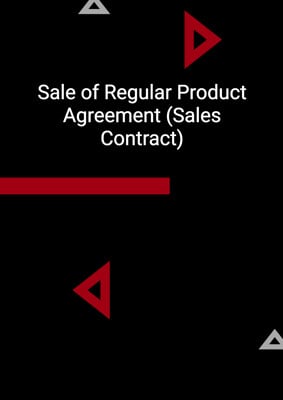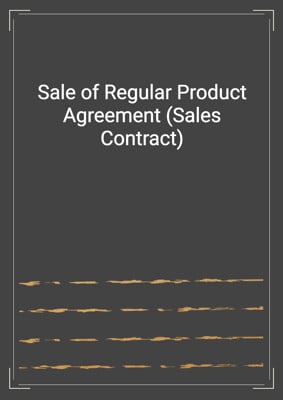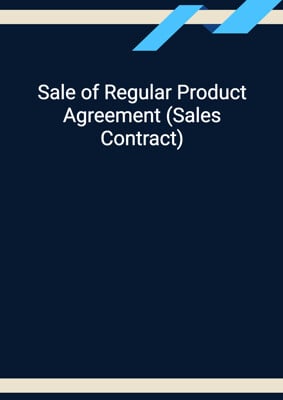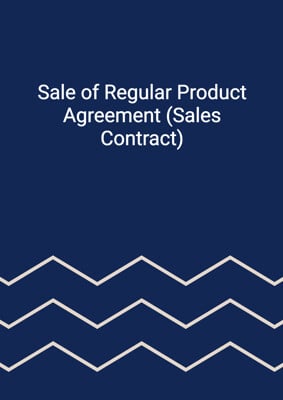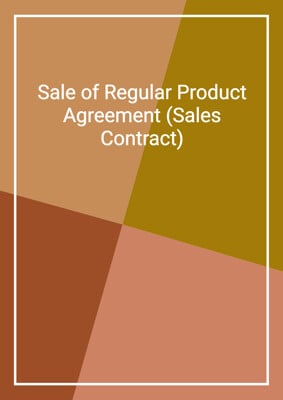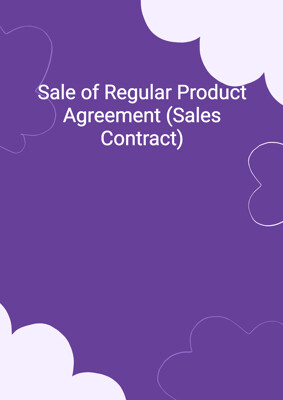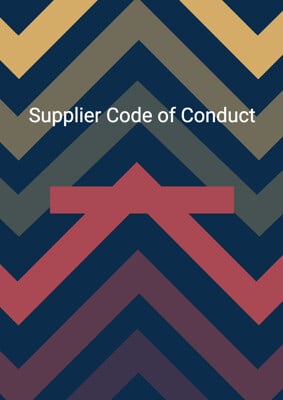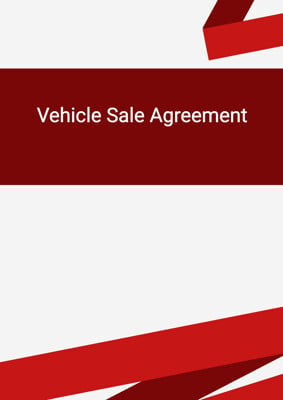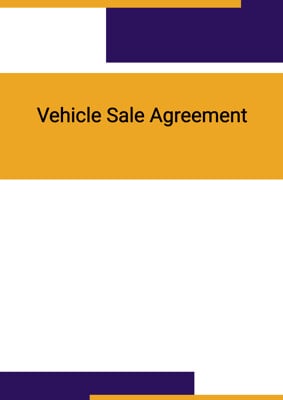How to Tailor the Document for Your Need?
01
Create Document
Fill in the details of the parties. You can click the "Fill with Member’s Information" button to complete it with information saved to your account.
02
Fill Information
Please fill in any additional information by following the step-by-step guide on the left hand side of the preview document and click the "Next" button.
03
Get Document
When you are done, click the "Get Document" button and you can download the document in Word or PDF format.
04
Review Document
Please get all parties to review the document carefully and make any final modifications to ensure that the details are correct before signing the document.
Document Preview
Document Description
The Sale of Customised Product Agreement (Sales Contract) is an important document that outlines the terms and conditions for the sale of a customised product between the seller and the buyer. The document begins with a clear definition of key terms used throughout the agreement, ensuring that both parties have a common understanding. The scope of the agreement is then described, highlighting that it covers the development and supply of the product(s) in accordance with the terms outlined.
The general obligations of the seller are outlined in detail, including the provision and delivery of the product in accordance with the delivery programme, ensuring that the product is fit for its purpose and manufactured in conformity with the specification, and using good quality materials, workmanship, and standards. The seller is also responsible for the installation of the product if required.
The document further outlines the responsibilities of the seller and the buyer in terms of development, designs and drawings, license and intellectual property, progress information and inspection, delivery and installation, trials, tests, commissioning, and acceptance tests, warranty, training and documentation, spare parts and maintenance, title and risk, price and payment, delays and force majeure, term and termination, assignment and sub-contracting, patent and copyright indemnity, amendments, notices, settlement of disputes, counterparts, and no rights for third parties. Each section provides detailed information on the specific obligations and rights of each party.
The document also includes various attachments that provide additional details on the product description, product specification, background intellectual property, price and payment, delivery programme, performance warranty, acceptance tests, training, and documentation specification. These attachments ensure that both parties have a clear understanding of the specific requirements and expectations related to the sale of the customised product.
Overall, this agreement is crucial for establishing a clear and comprehensive understanding between the seller and the buyer regarding the sale of the customised product, ensuring that both parties are aware of their rights and obligations throughout the process.
How to use this document?
To use this document effectively, follow these steps:
1. Familiarize yourself with the definitions section to understand the key terms used throughout the agreement.
2. Review the scope of the agreement to ensure that it aligns with your requirements for the development and supply of the customised product.
3. Understand the general obligations of the seller, including the provision and delivery of the product, ensuring its fitness for purpose, and using good quality materials and workmanship.
4. If installation is required, review the specific obligations related to installation and ensure that the seller will meet these requirements.
5. Familiarize yourself with the responsibilities of both parties regarding development, designs and drawings, license and intellectual property, progress information and inspection, delivery and installation, trials, tests, commissioning, and acceptance tests.
6. Understand the warranty provisions and the specific performance guarantees and limitations on the seller's liability.
7. If training and documentation are included, review the specific arrangements and ensure that they meet your needs.
8. If spare parts and maintenance are included, understand the seller's obligations and the process for obtaining necessary parts and maintenance services.
9. Review the provisions related to title and risk, price and payment, delays and force majeure, term and termination, assignment and sub-contracting, patent and copyright indemnity, amendments, notices, settlement of disputes, counterparts, and no rights for third parties.
10. Consult the attachments for additional details on the product description, product specification, background intellectual property, price and payment, delivery programme, performance warranty, acceptance tests, training, and documentation specification.
11. If any disputes arise, follow the dispute resolution process outlined in the agreement.
12. Keep a copy of the signed agreement for your records and ensure that both parties have a copy.
By following these steps, you can effectively use this document to establish a clear and comprehensive agreement for the sale of a customised product.
Not the right document?
Don’t worry, we have thousands of documents for you to choose from:
